Neither Boeing Nor Airbus will bring to market a completely new aircraft design before the middle of the next decade, says Boeing’s CEO.
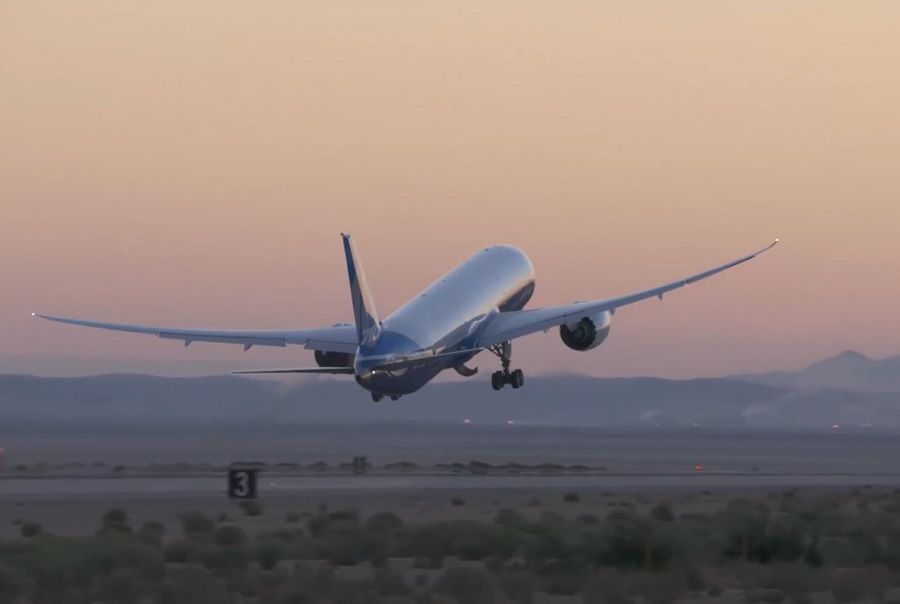
We knew that Boeing doesn’t plan to launch a new airliner before the end of this decade. Boeing is ambitious that when it DOES launch something, its development could take as little as five years (entering service around 2035), thanks to new digital design and manufacturing tools. Unsurprisingly, this is something that many in the industry are skeptical about.
What is new is that the Boeing CEO doesn’t expect Airbus to come up with something new in the same timeframe, either. Calhoun argues that Airbus is in waiting mode, monitoring the same technological developments as Boeing.
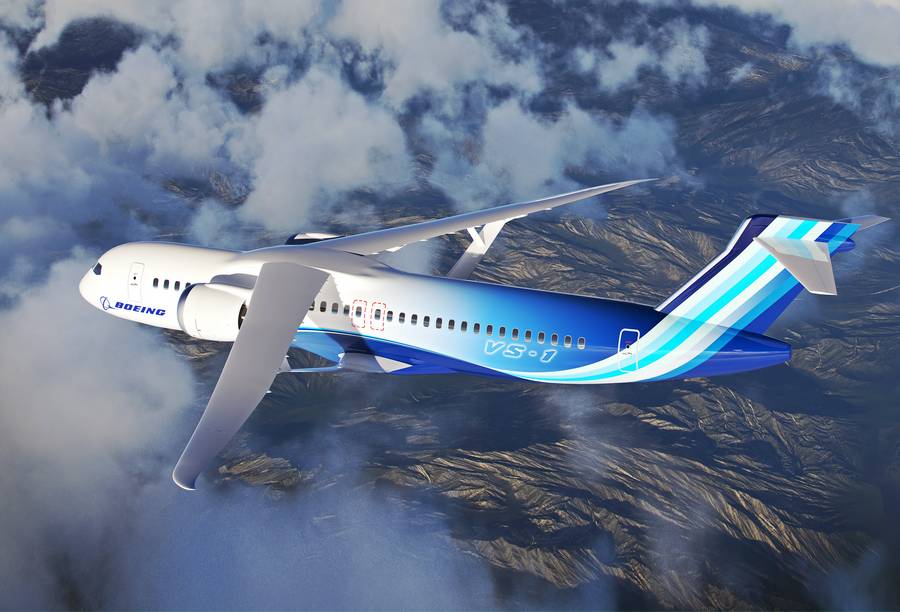
Boeing, Airbus – What’s New?
Speaking at the Qatar Economic Forum, Calhoun said:
“I think in our industry, because of some of the constraints both in propulsion and the design of the wing, it’s going to be at least until the mid-2030s before we – in this case I’m just going to assume my competitor – will call out that airplane.”
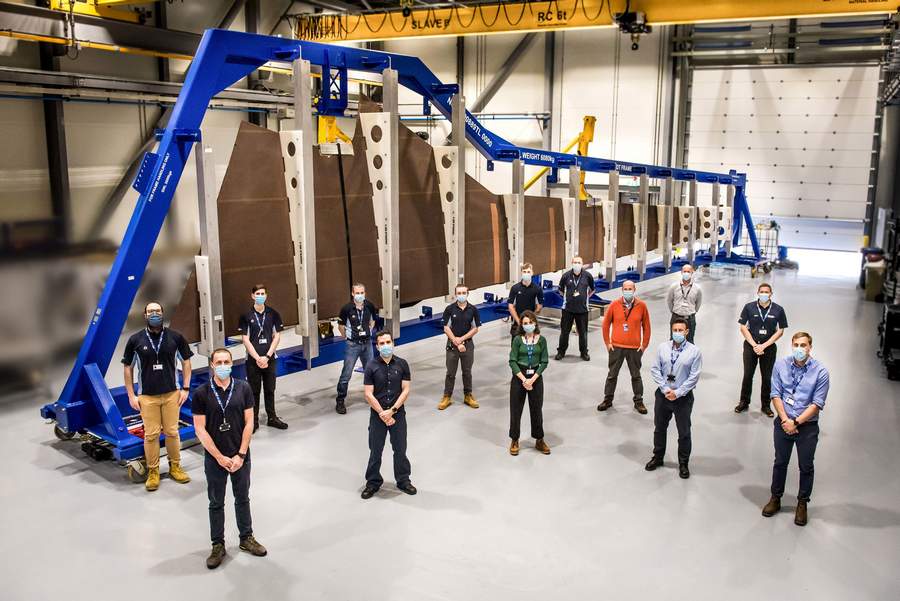
The Boeing CEO is likely referring to new developments like the Transonic Truss-Braced Wing (TTBW) and engine projects like the CFM RISE. However, unlike Boeing, Airbus doesn’t necessarily need to come up with a completely new design, for a middle-of-the-market aircraft.
As we have seen, some analysts believe that Airbus has been examining the possibility of a so-called “A322”. This would essentially be a longer A321, with a new high aspect-ratio composite wing. Airbus could use the same wing on an “A320.5”, essentially re-jigging its long-standing single-aisle family.
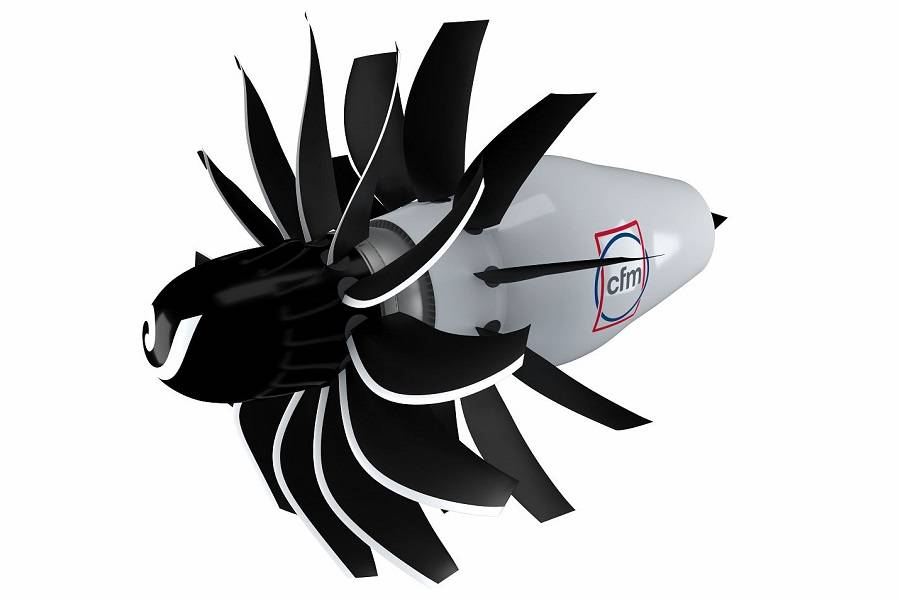
At the lower end of the single-aisle market, Airbus has another new option, that could hit Boeing hard. A longer A220-500 could be considerably more efficient than Boeing’s 737 MAX-8. The launch of such an aircraft could well cause Boeing to launch an all-new design faster.
A Waiting Game
On the other hand, this is where the process becomes a cat-and-mouse game between the two manufacturers. At the moment, Airbus is comfortably outselling Boeing – and has little reason to force it to launch something new.
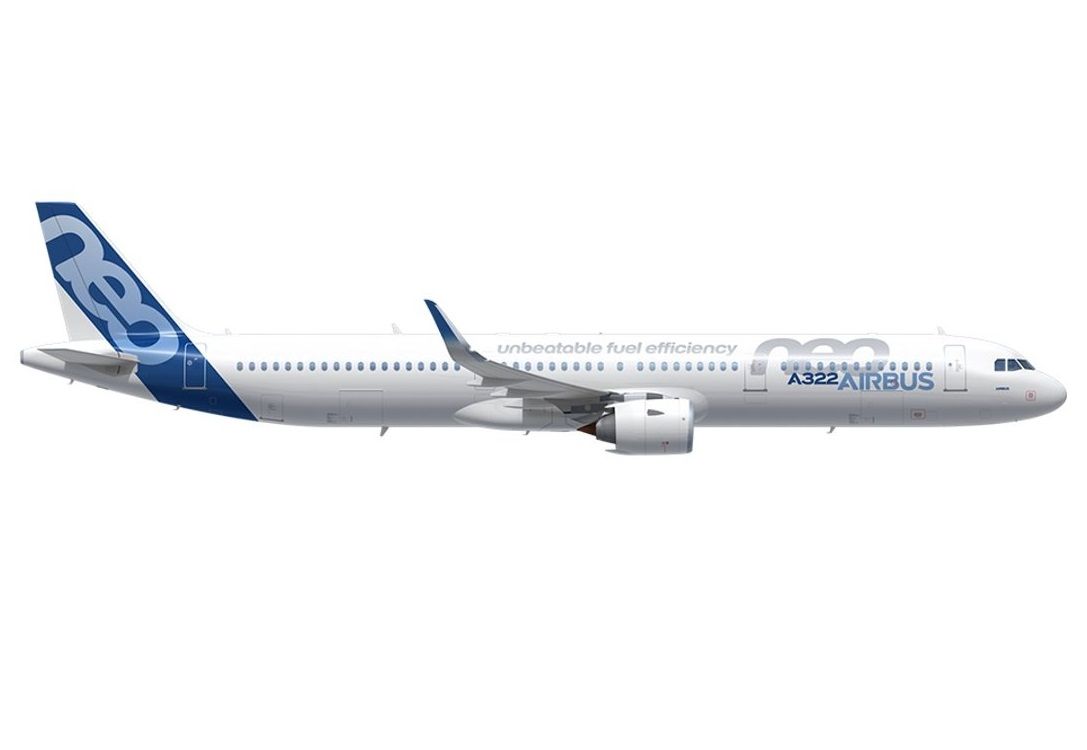
Financially, Airbus would be able to respond to such a Boeing move with its own all-new plane. But why go to the trouble, when they have 60% of the single-aisle market, and can’t produce jets fast enough to get an even bigger piece of the pie? Scott Hamilton in Leeham News has pointed out that Airbus shows signs of getting complacent.
Also at the Qatar Economic Forum, Qatar Airlines CEO Akbar Al Baker disagreed with Dave Calhoun. Al Baker thinks that both Boeing and Airbus need to actively start pursuing the launch of new designs today. More broadly, Al Baker was critical of slow developments around sustainable aviation fuels and hydrogen fuel cells.
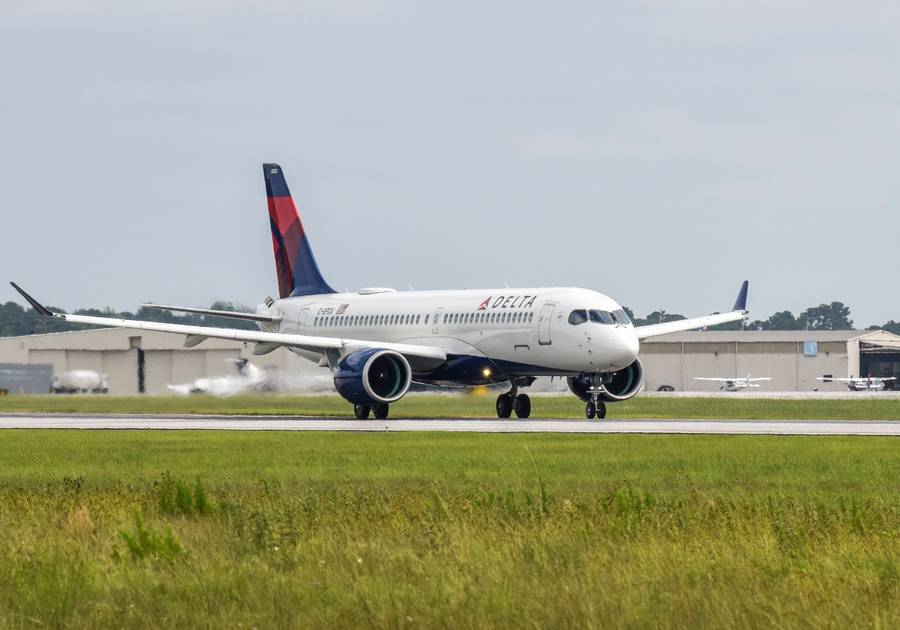
The Qatar CEO said that he doubts that the airline industry will really be able to hit its 2050 goal for net-zero emissions, especially when the two manufacturers aren’t actively developing something new today. Many airliners entering service today or by the end of this decade will likely still be around in 2050 – impacting long-term emissions targets.
Sources: Reuters, Leeham News


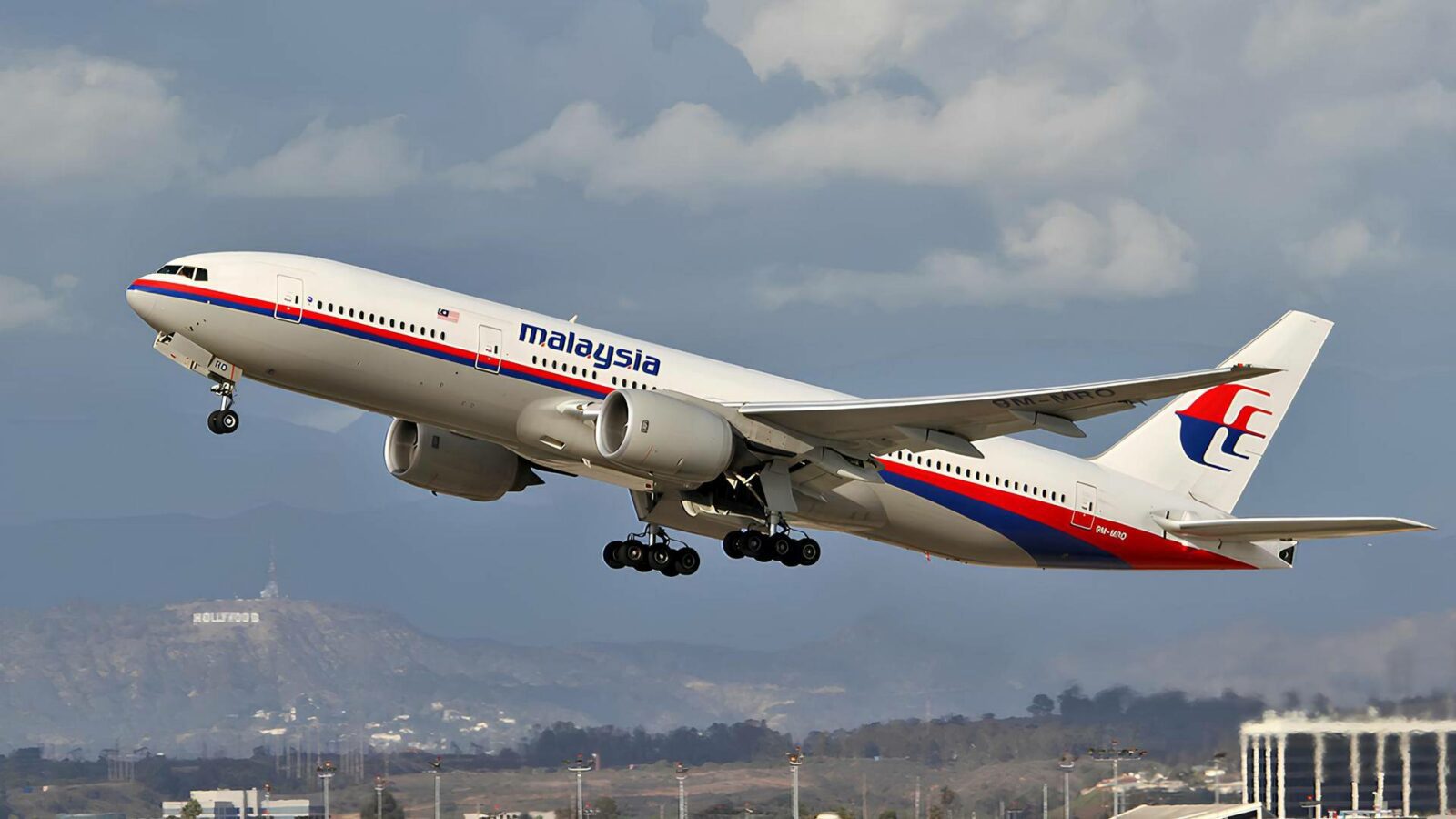
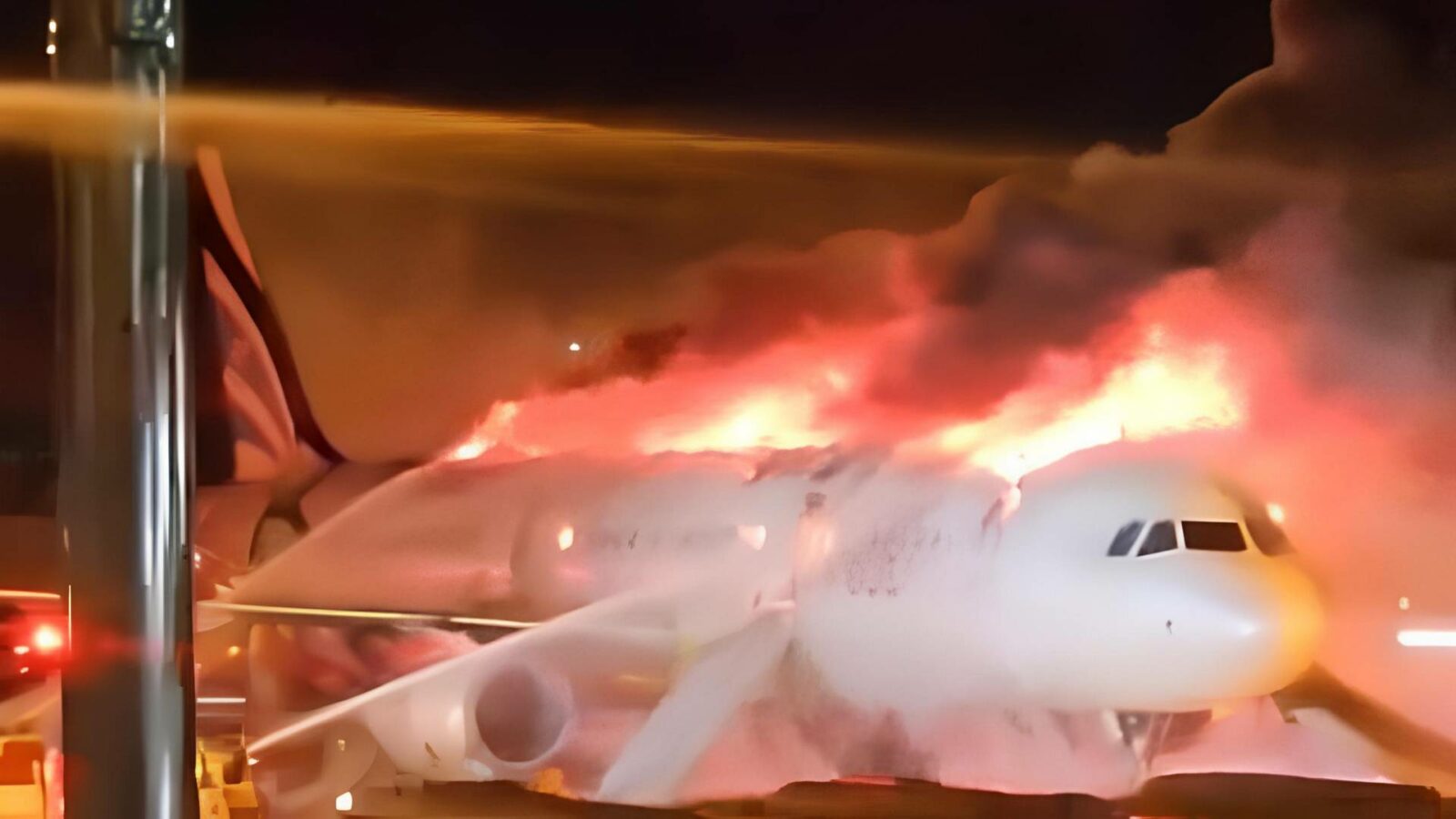
1 comment
codyhaul
This is disappointing. I work for a small airline that operates primarily 747Fs of various configurations and while a company officer just assured me that we will “fly them until the wings fall off”, the fact that neither Airbus nor Boeing have a nose-load freighter on the drawing board to replace the Queen of the Skies says a lot about the future of airfreight. Cargolux intends to replace all its 747s with 777Fs by 2040. Atlas, I would expect, as the final customer for the 747F will fly them longer. Then, they will be gobbled up on the second-hand market.
There is a definite need for lift for cargo too long to make the turn through the side door of an aircraft. Ex: wing flaps. Not to mention the oil & gas industry and it’s need for ridiculously oversized pieces NOW when a rig goes down at a cost of millions of dollars a day.
If neither Boeing or Airbus are interested in filling this need, what are the options going to be once the 747Fs become too outdated? Rely on the military with their C-5s and C-17s? The number of available commercial An-124s has been cut in half with Volga-Dnepr being sanctioned by most Western countries. Maybe the 747s could be re-engined like the B52s, but who would drive that program?